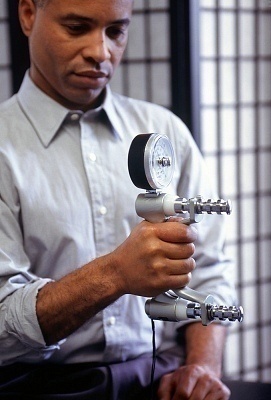What is a Dynamometer?
A dynamometer is a device that measures the power, torque, or force that is being applied to a system or object. Dynamometers also measure how much power, torque, or force is required to perform work within a system. They are used in industrial equipment in order to calculate the amount of power required to operate a machine and moderate power levels in order to prevent accidents that result from too much torque, pressure, or force being applied to an object.
How Dynamometers Work
Dynamometers work in several ways. The most common way involves a rotor attached to a torque arm and a housing unit. The torque arm is connected to a scale that measures the force applied to it. As the torque arm rotates around the rotor within the housing unit, the scale measures the rotating force or torque. Another method is to use a load cell transducer that produces an electrical output that is proportional to the amount of mechanical force applied to it.
Applications
Dynamometers are used in a wide variety of applications, most of which involve industrial equipment. For example, an electromechanical press uses a dynamometer to measure the force applied to an object or paper. The press itself usually features manual controls that allow the user to change the press’s speed or pressure. These controls are connected directly to the dynamometer and are capable of changing the amount of power that the press uses in order to restrict the torque. Dynamometers are also found in other devices such as car engines, brake systems, and fans. They can also be used in weightlifting, boxing, and other athletic sports in order to determine the amount of force that the athlete generates.
Advantages
Dynamometers measure the power, force, or torque of a mechanical system and can actually control those outputs based on inputs that a preset limitation or computer makes. Dynamometers are relatively inexpensive, are available in several variations, and provide a critical function in many industrial environments.
Disadvantages
Dynamometers are often large and heavy, and require recalibration in order to maintain consistently accurate results. They also generate a significant amount of heat, which is usually dissipated in the air or filtered through cold water and then dissipated into the air.


Comments - No Responses to “What is a Dynamometer?”
Sorry but comments are closed at this time.